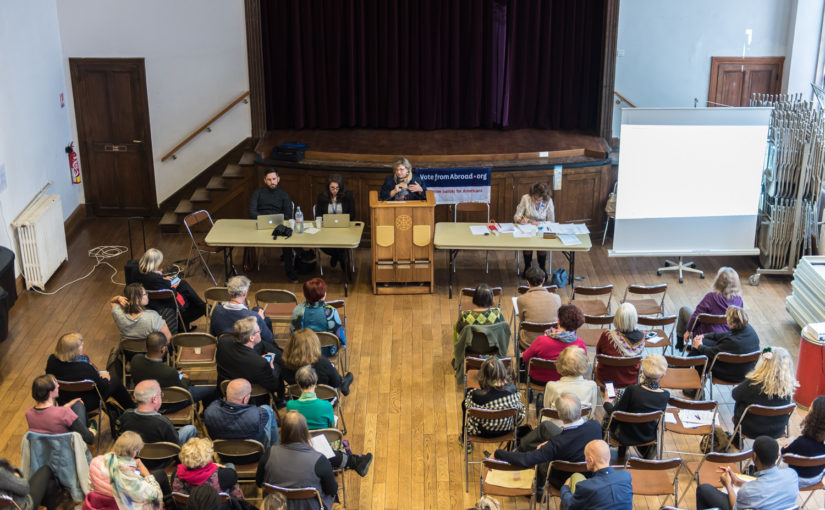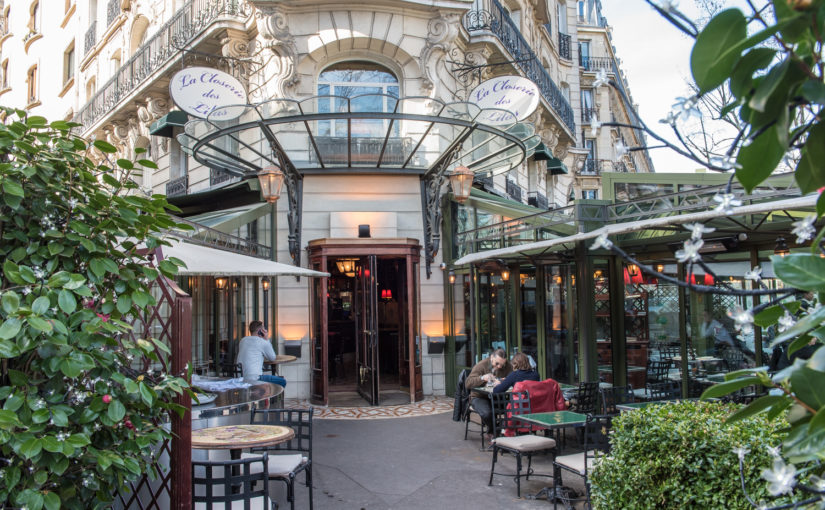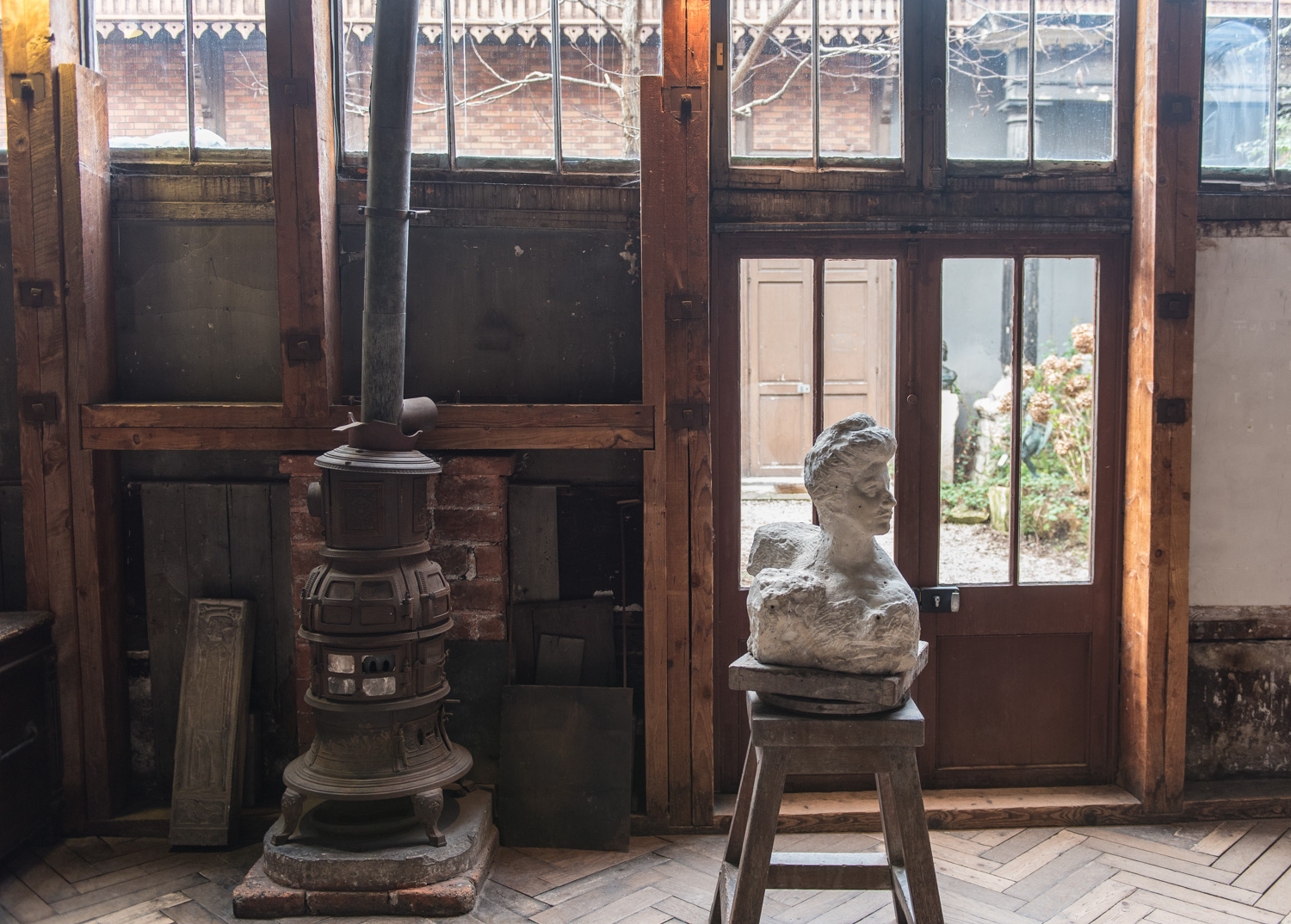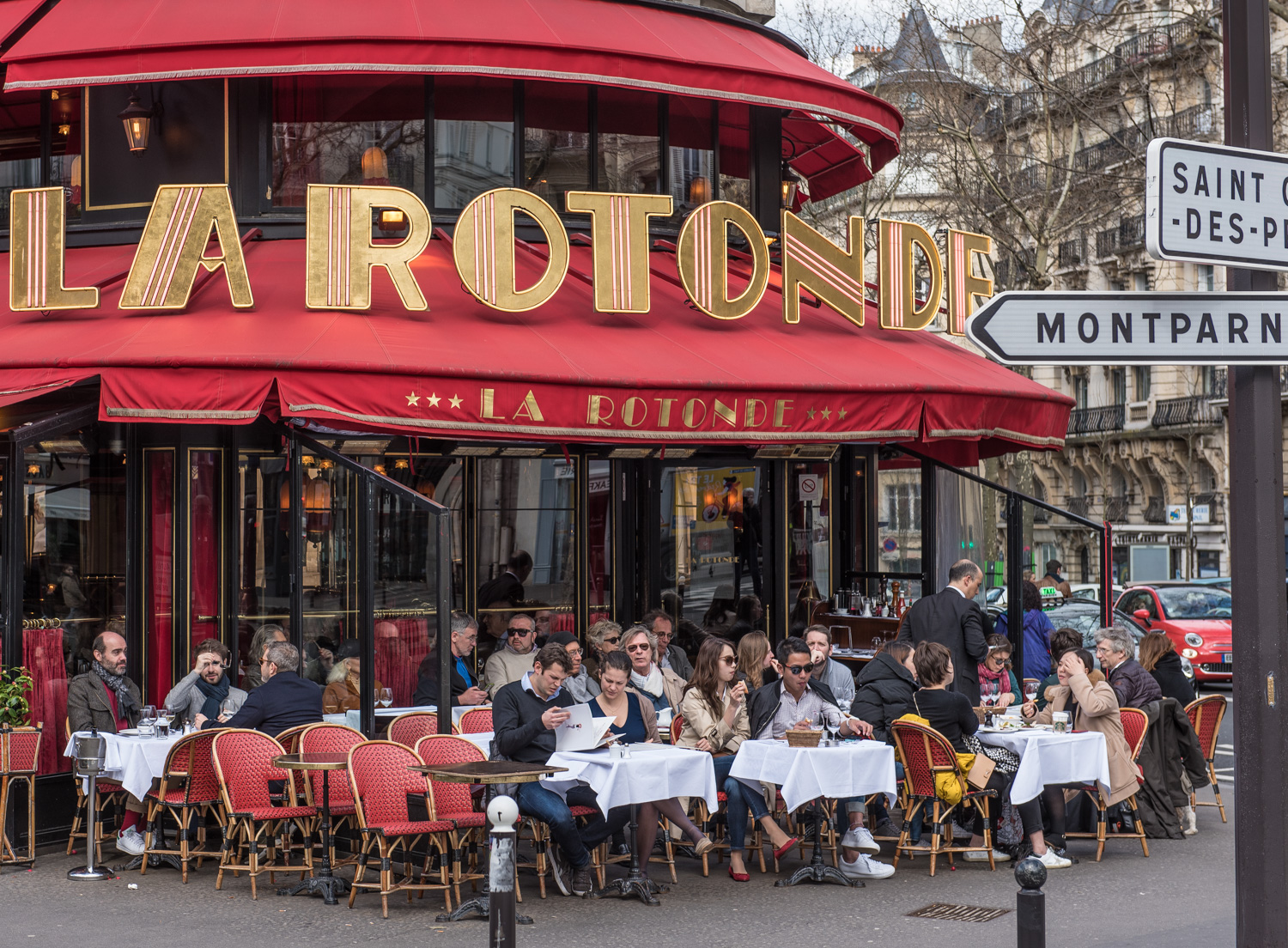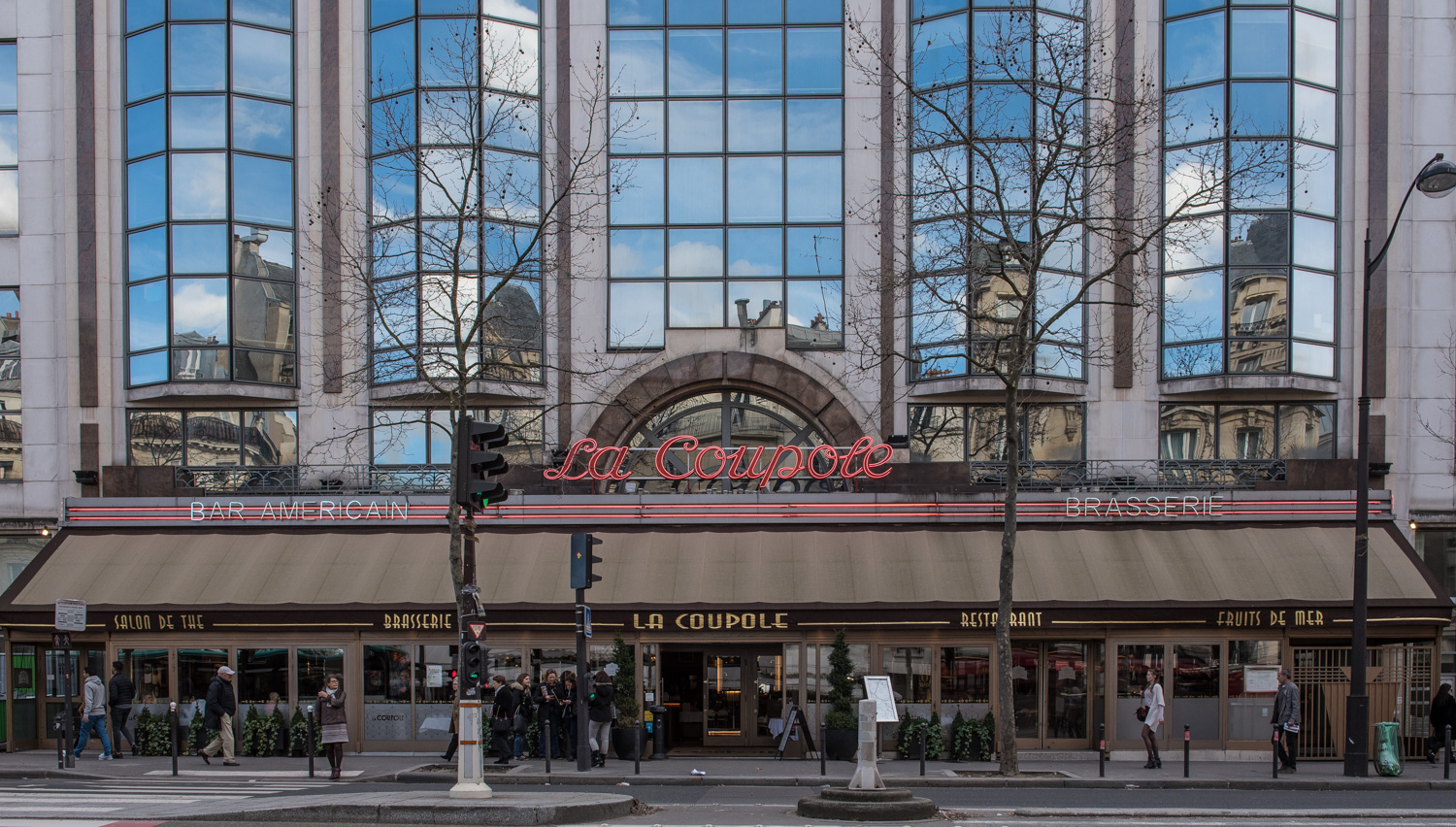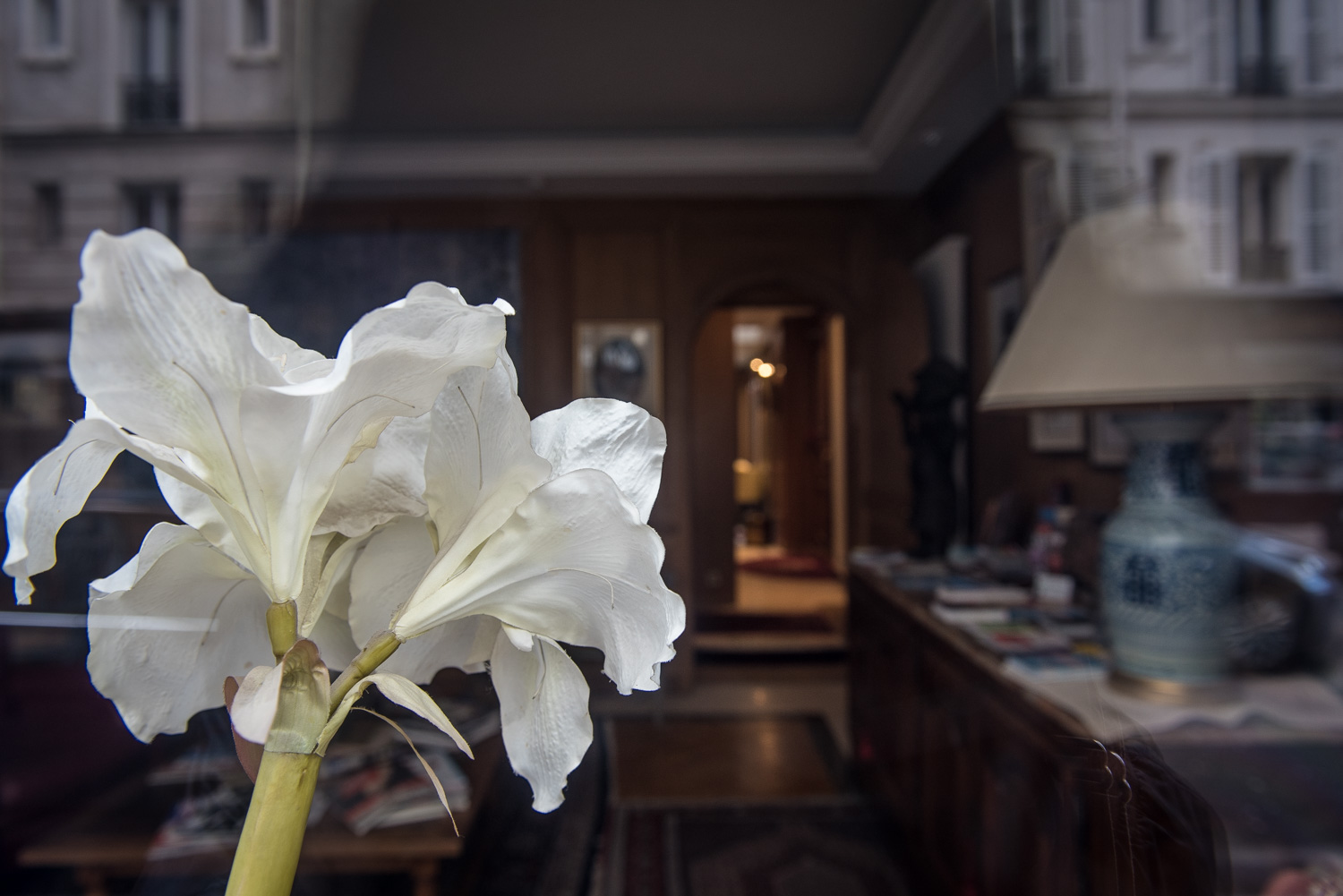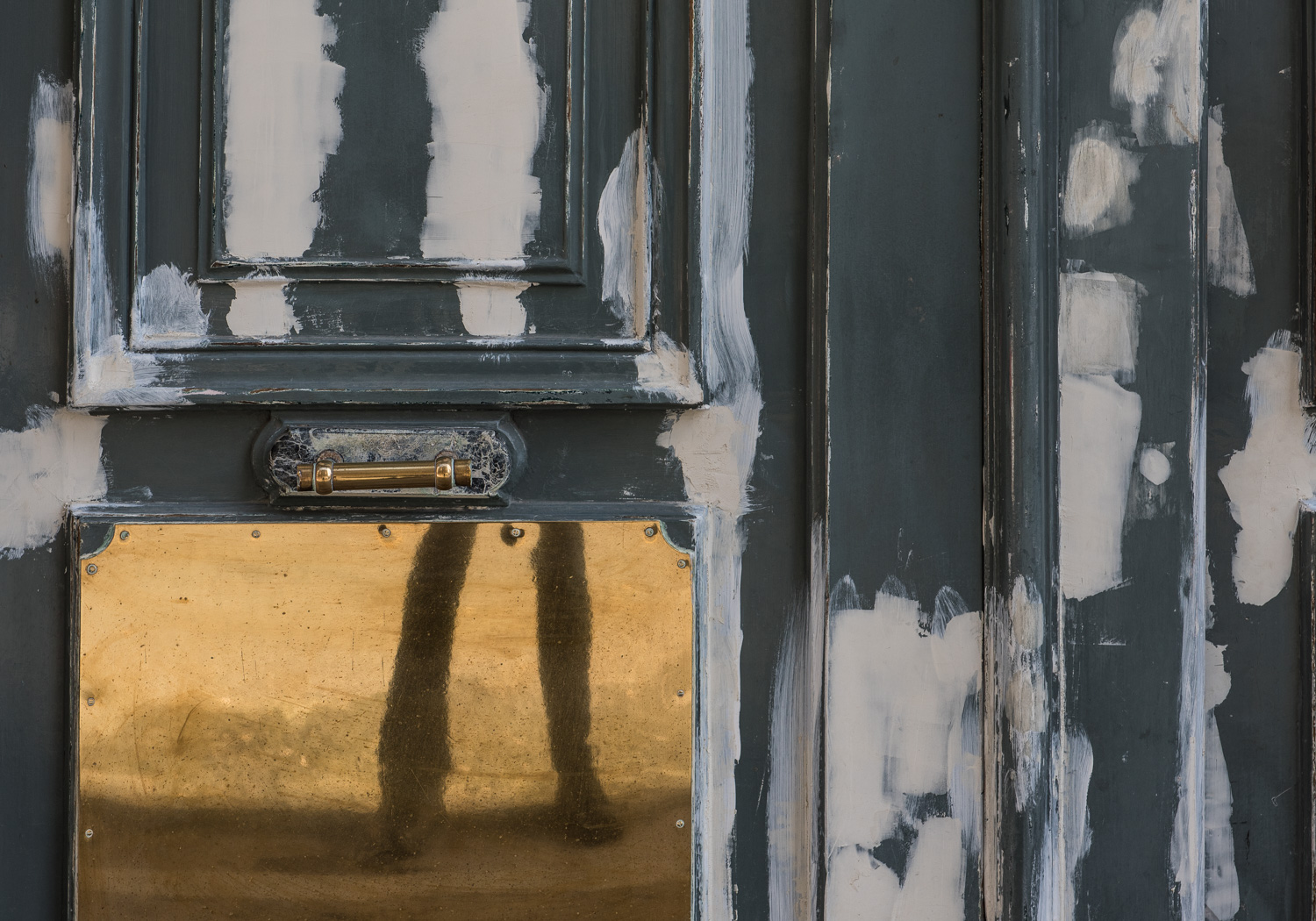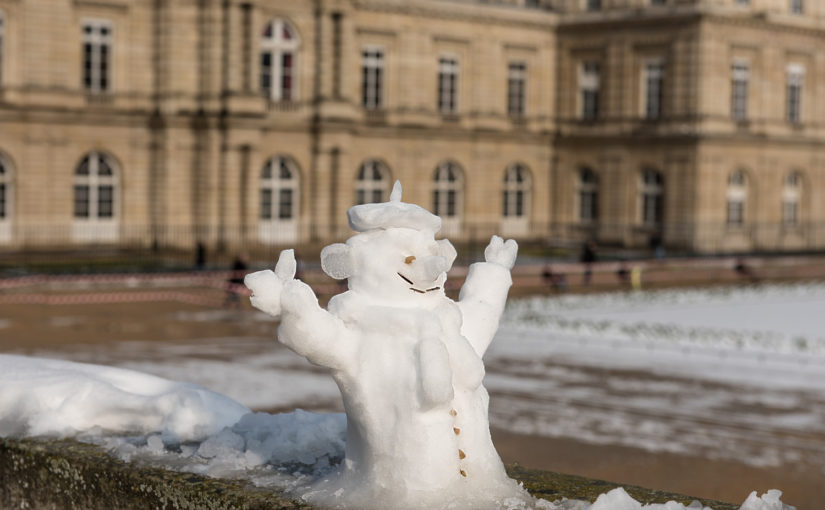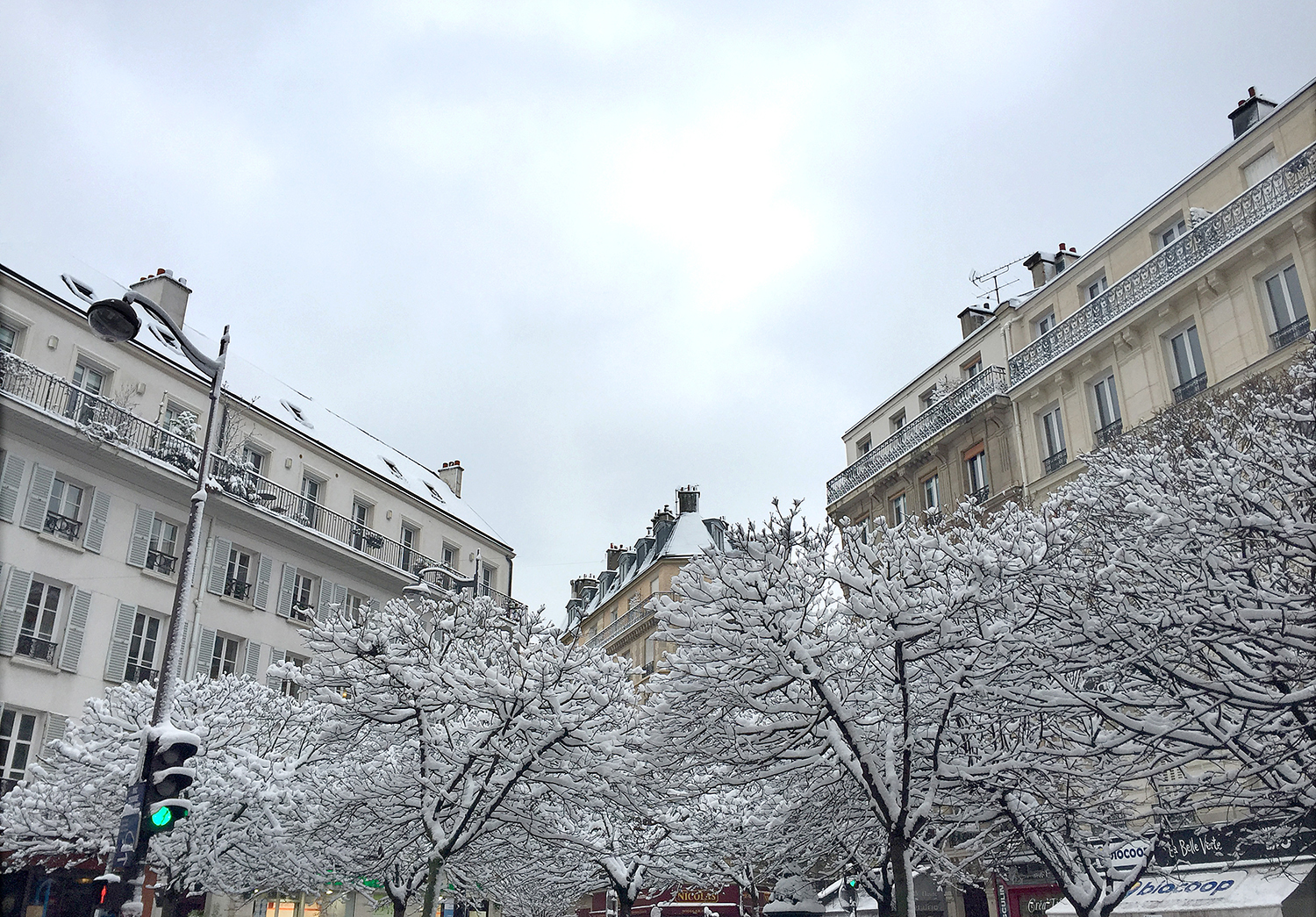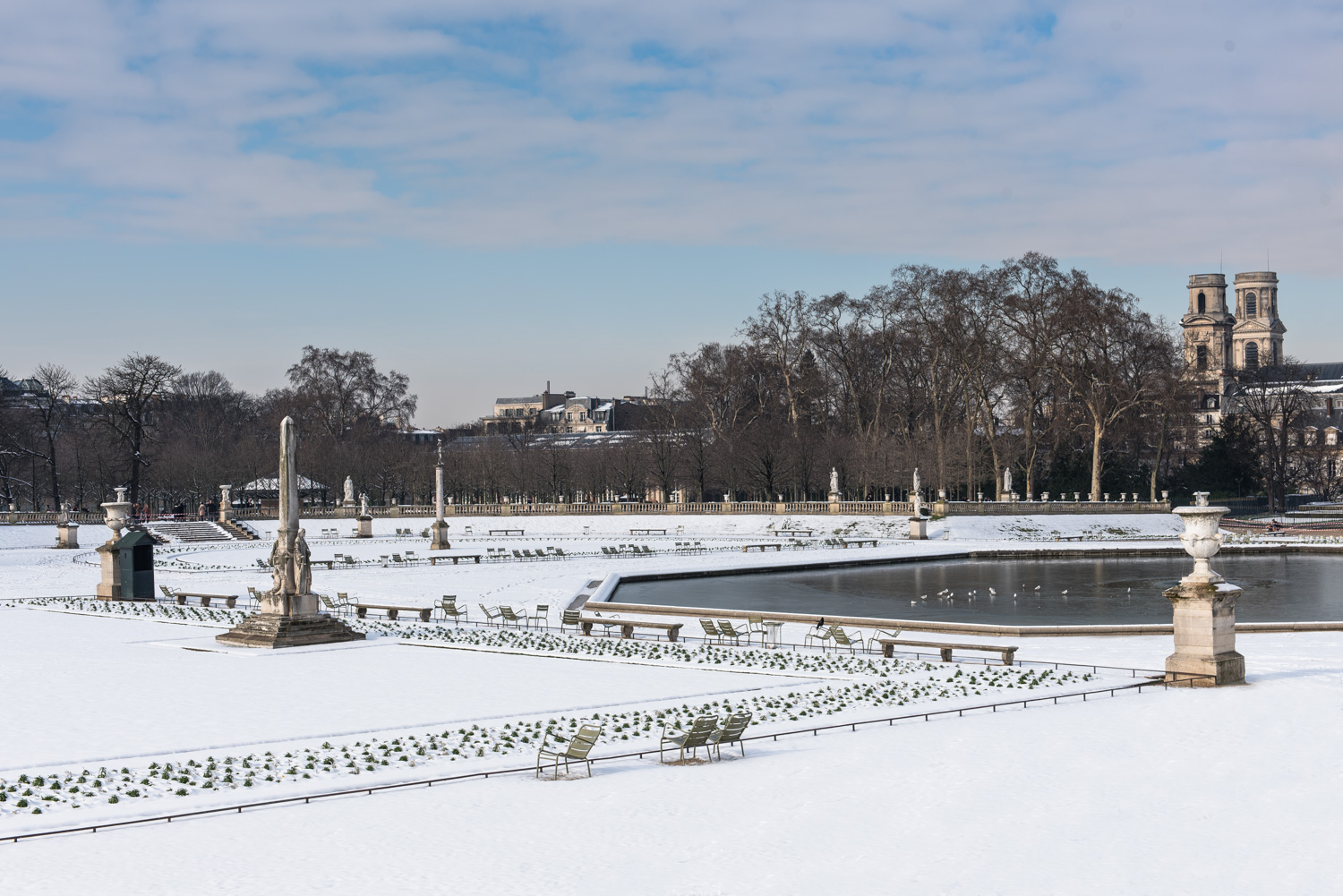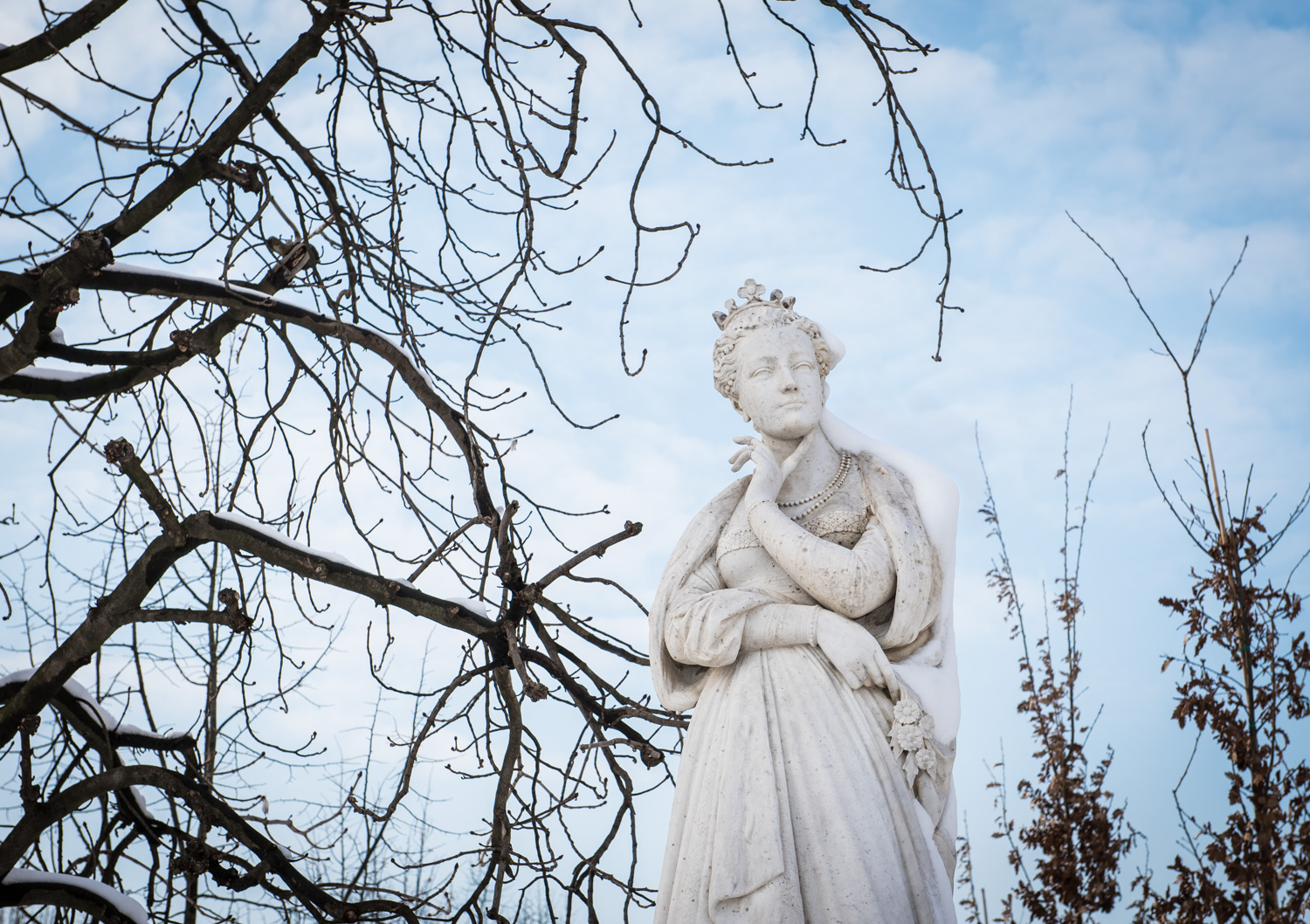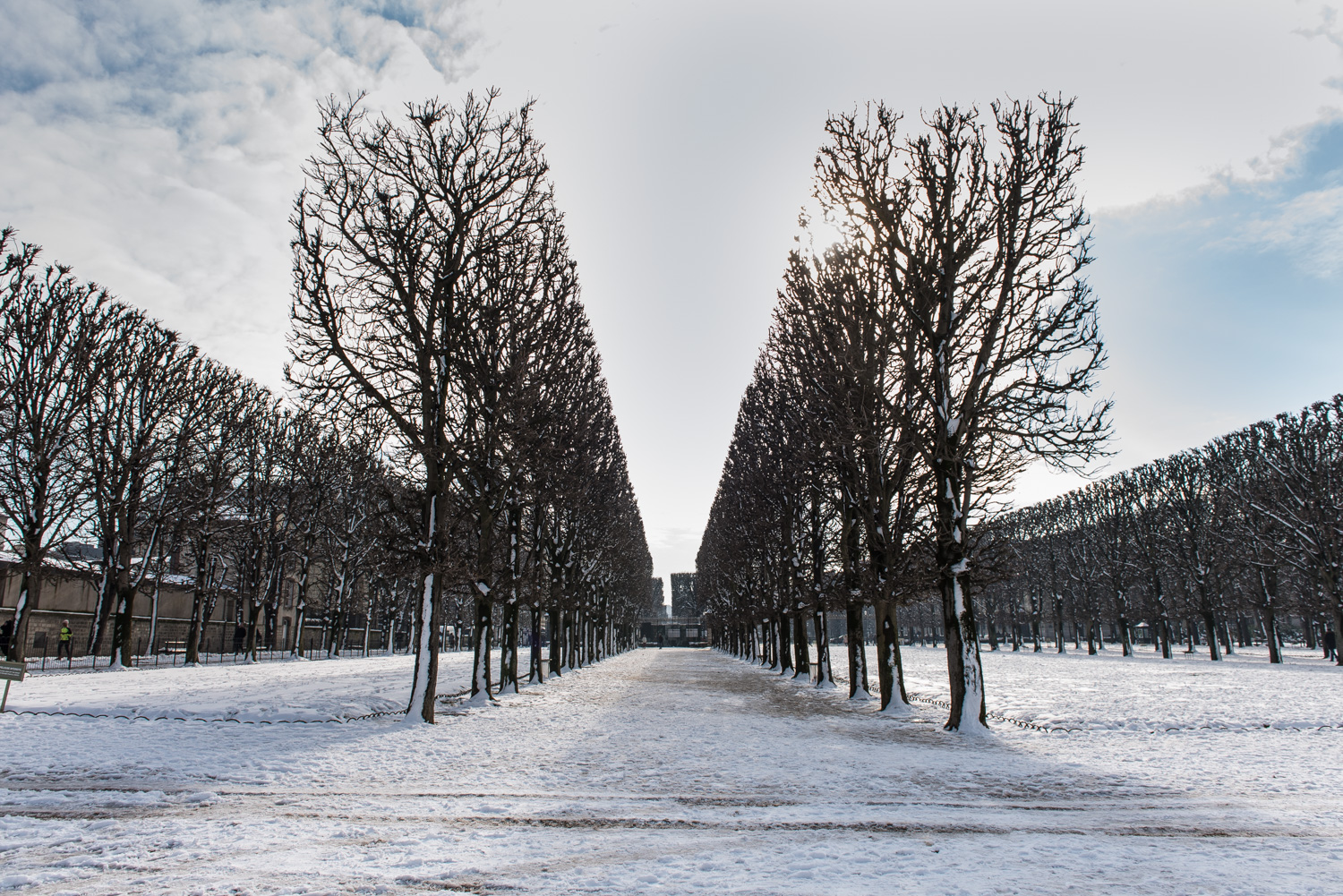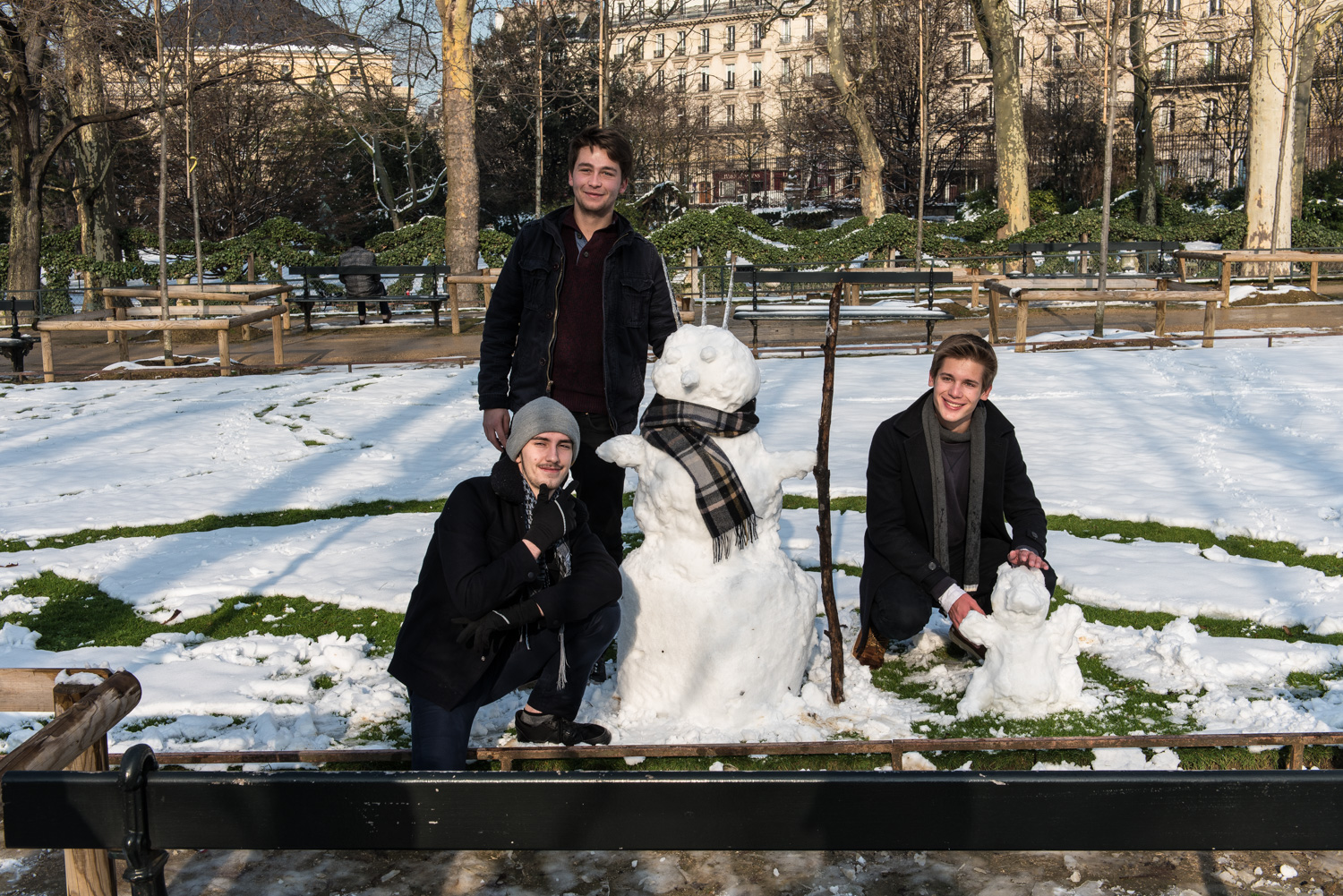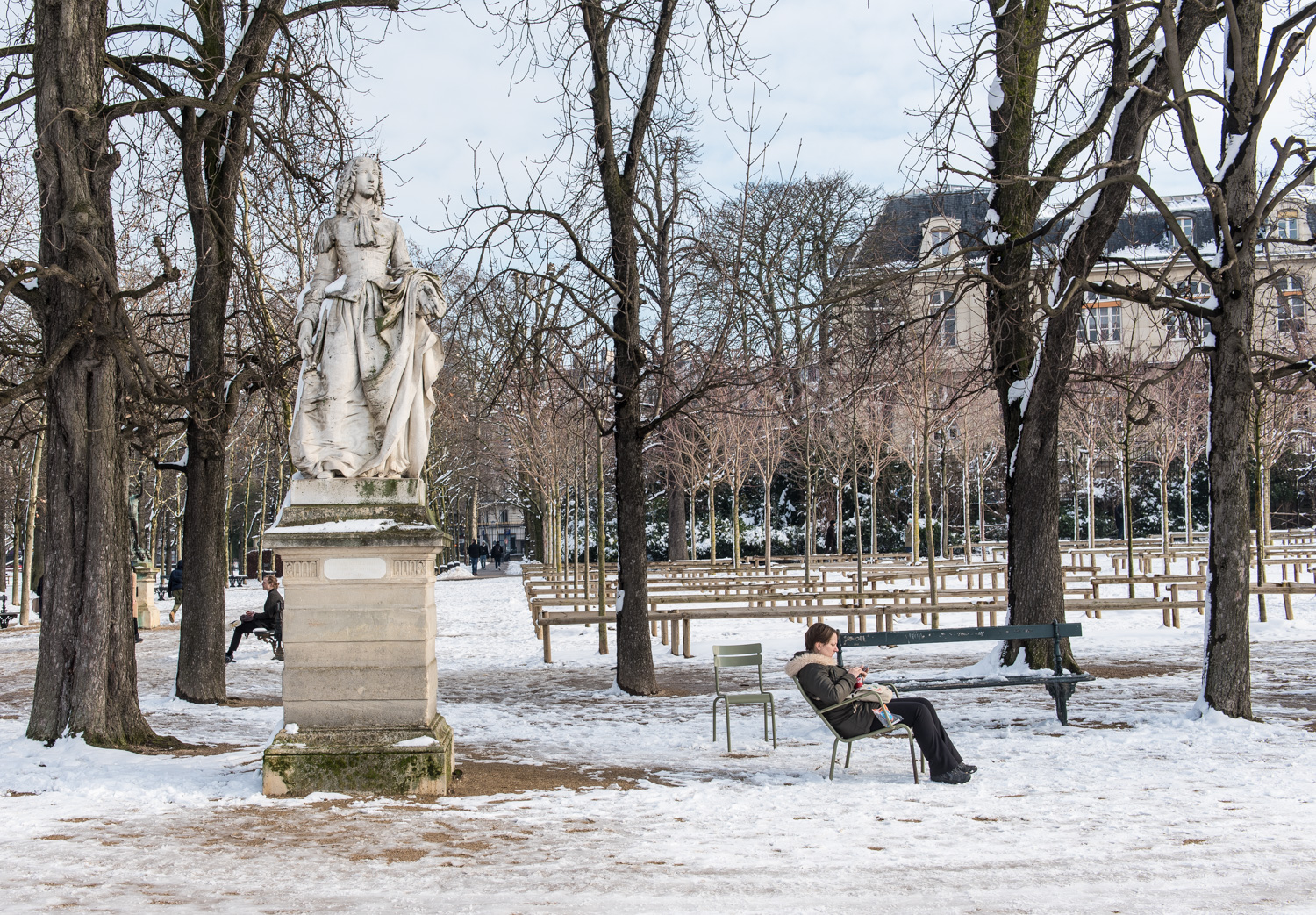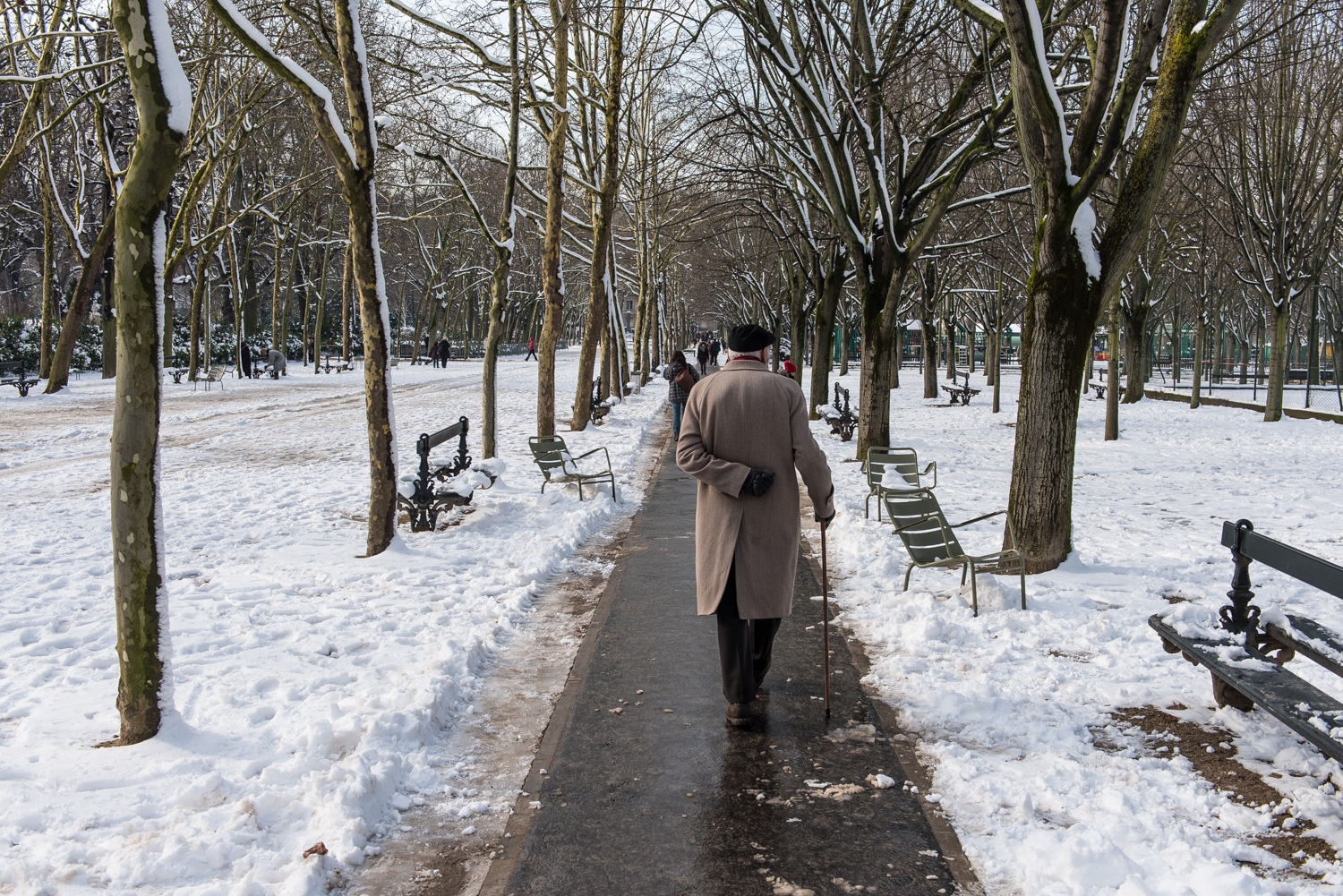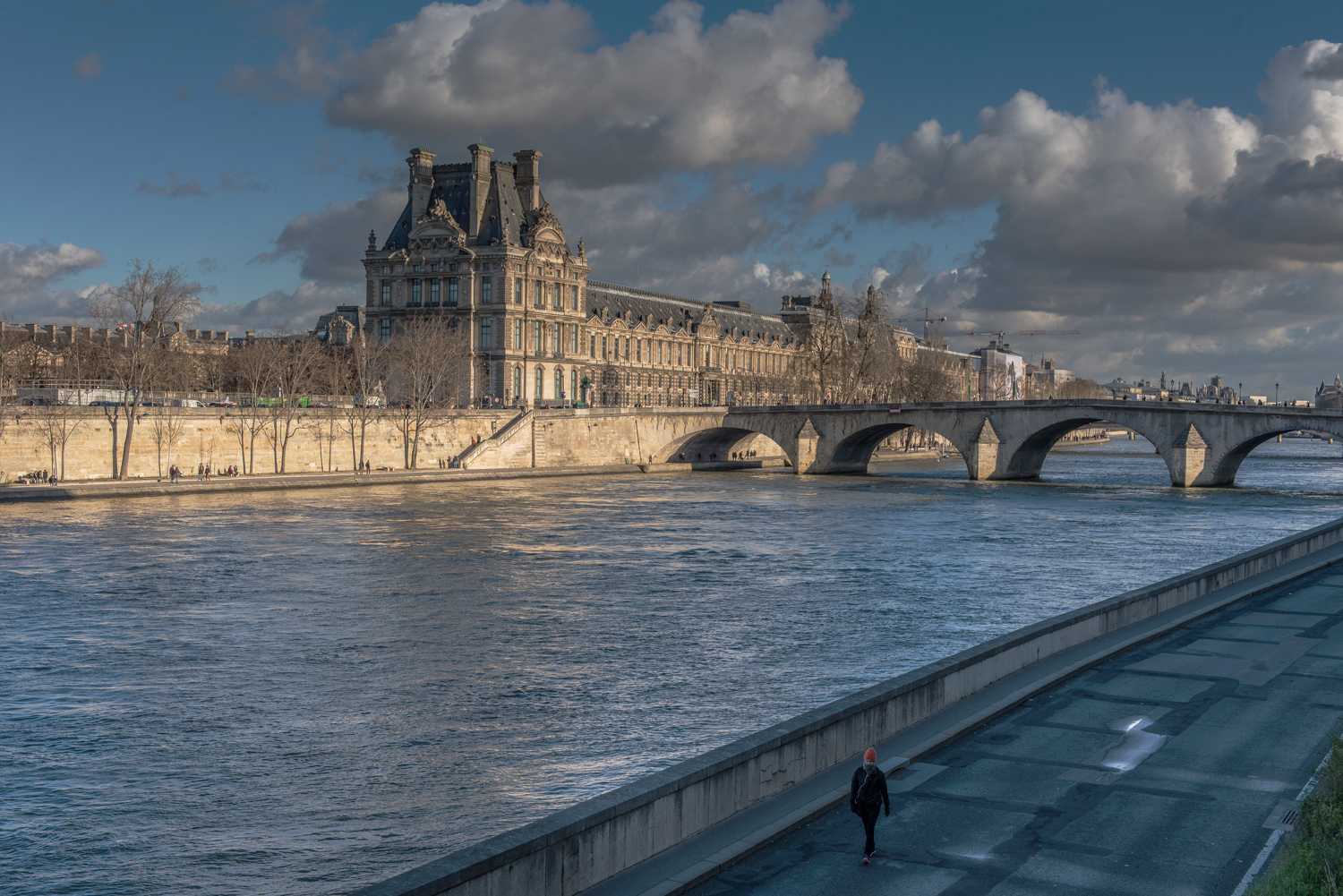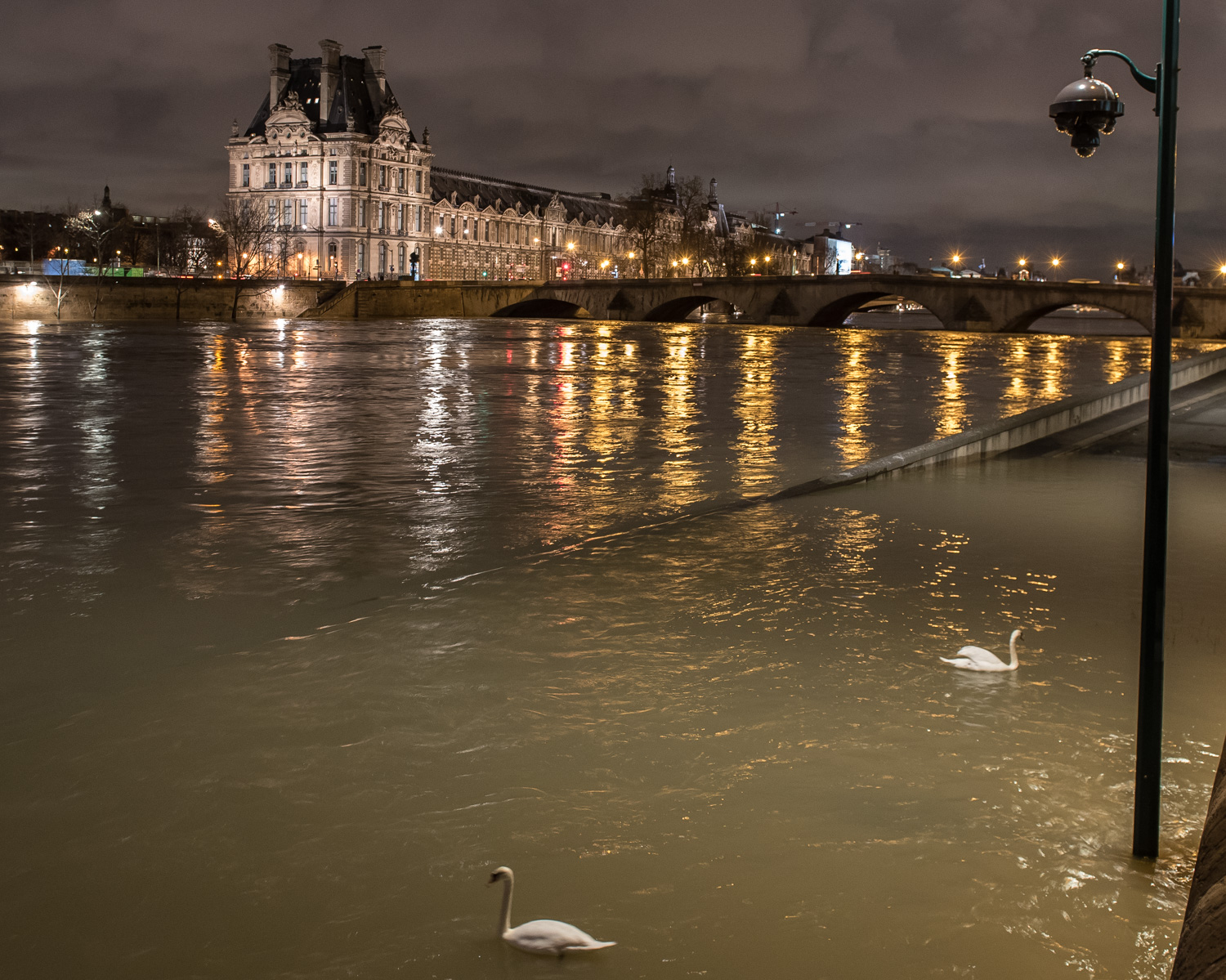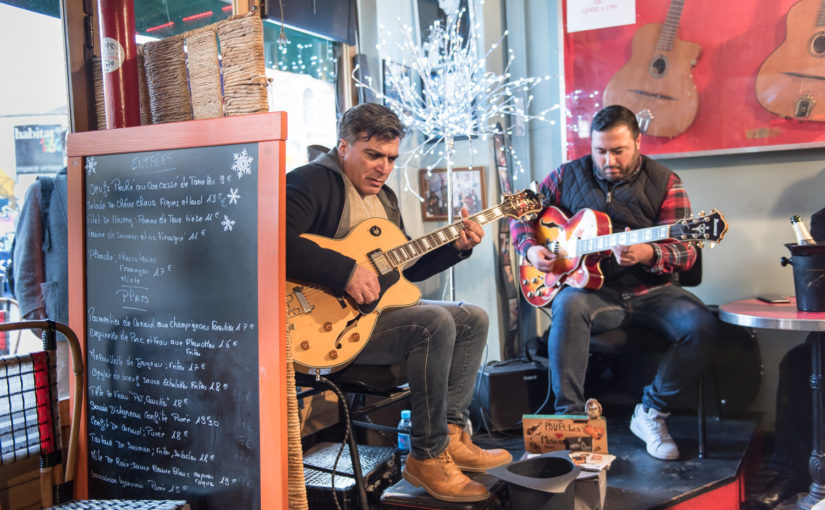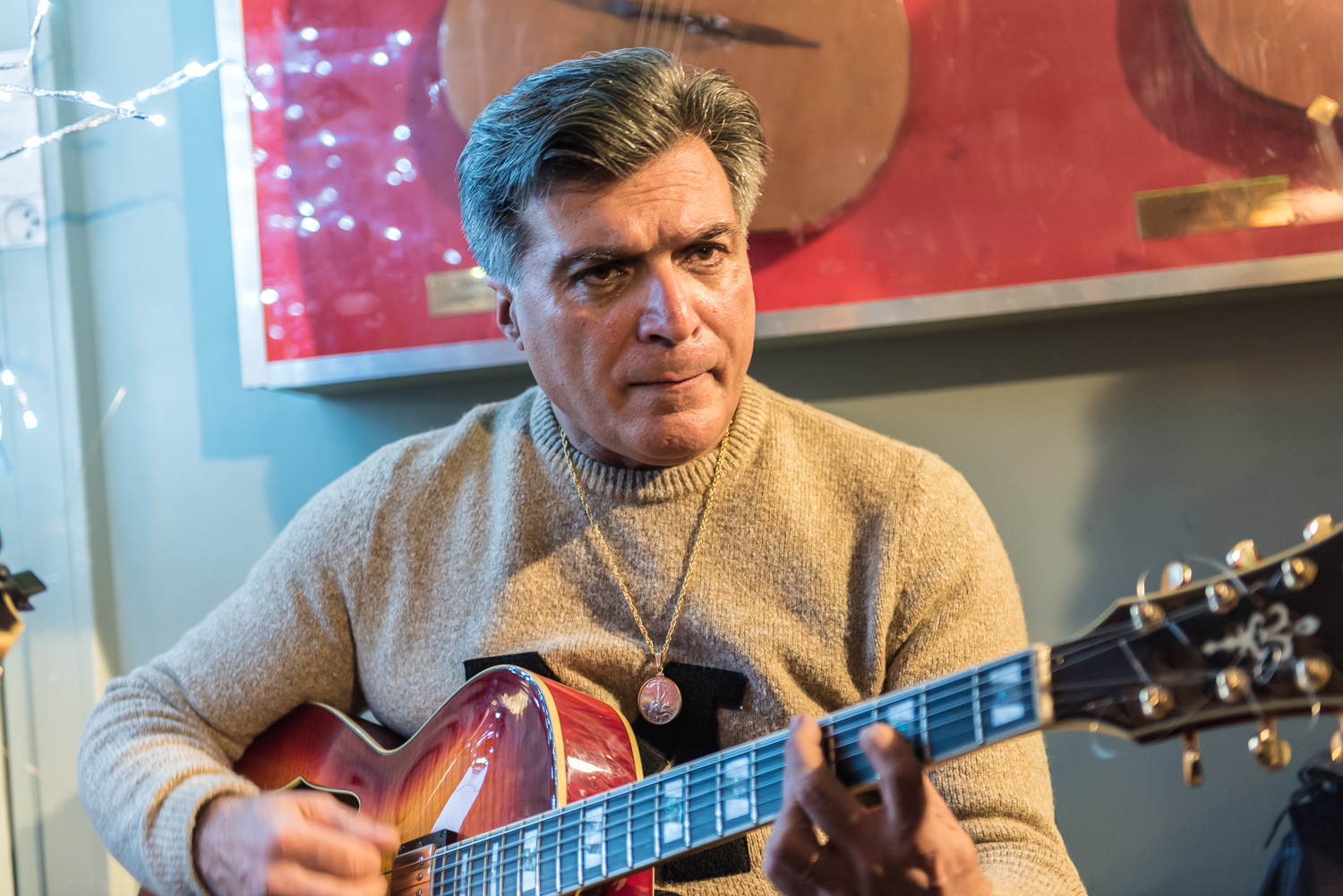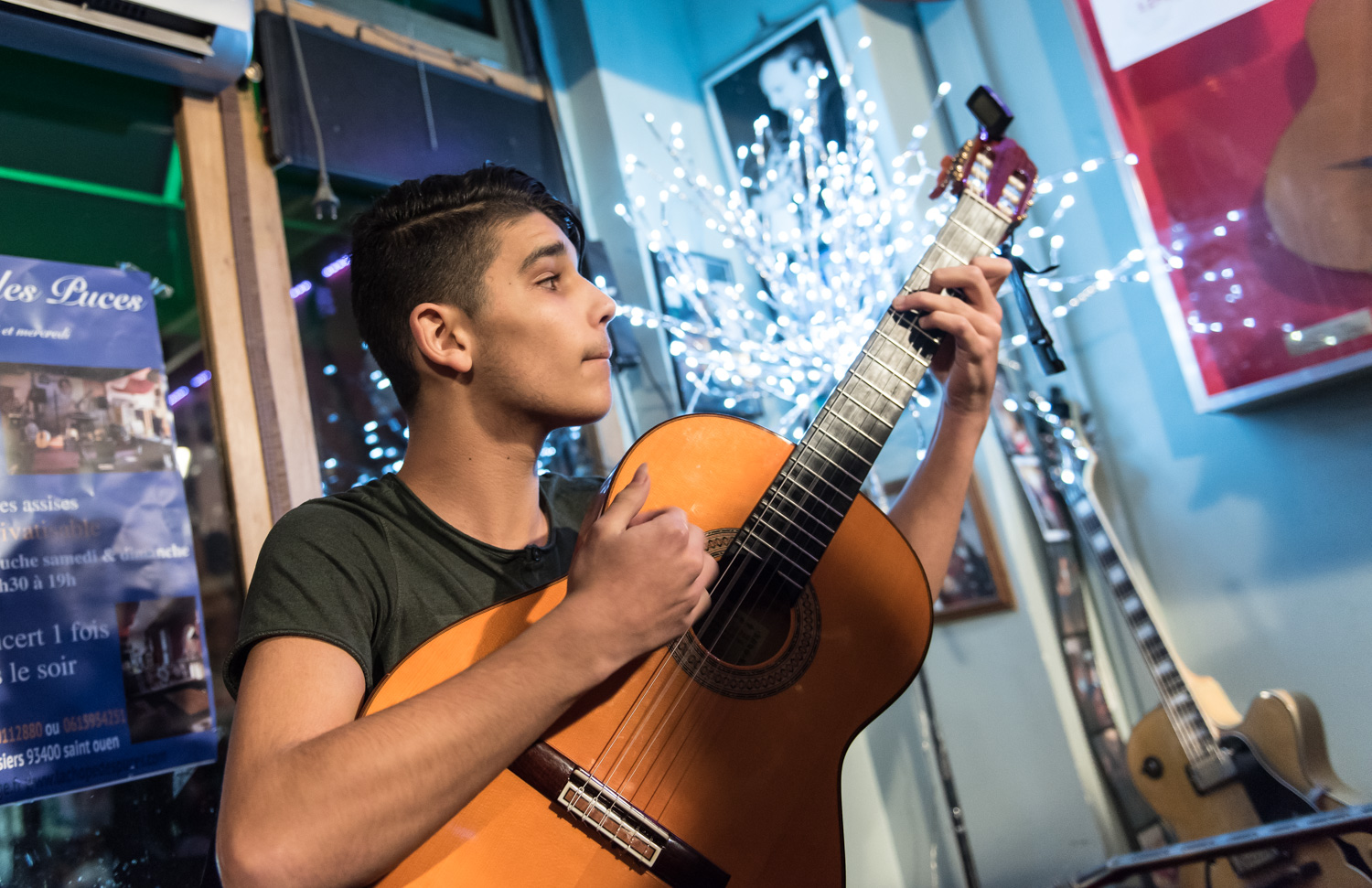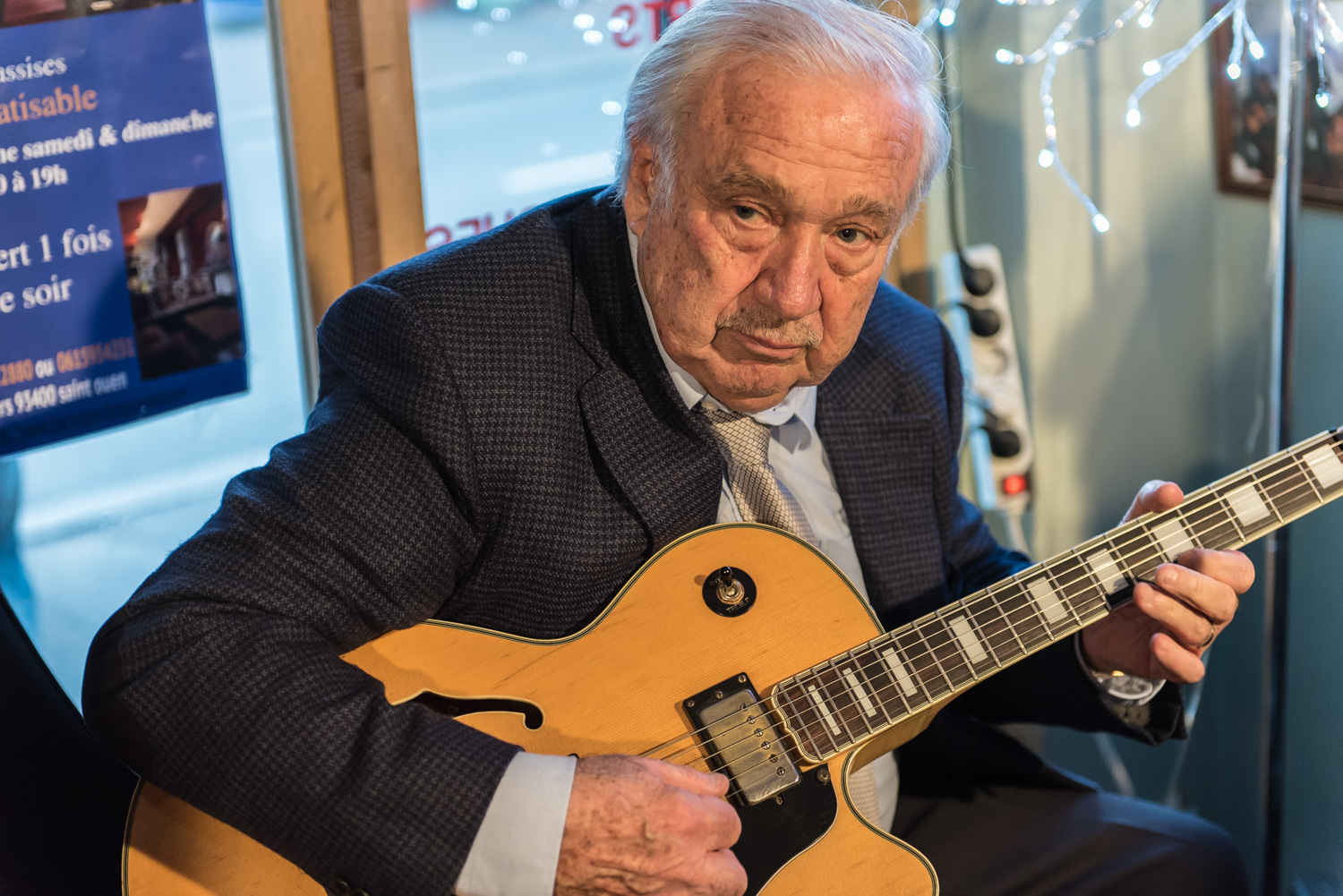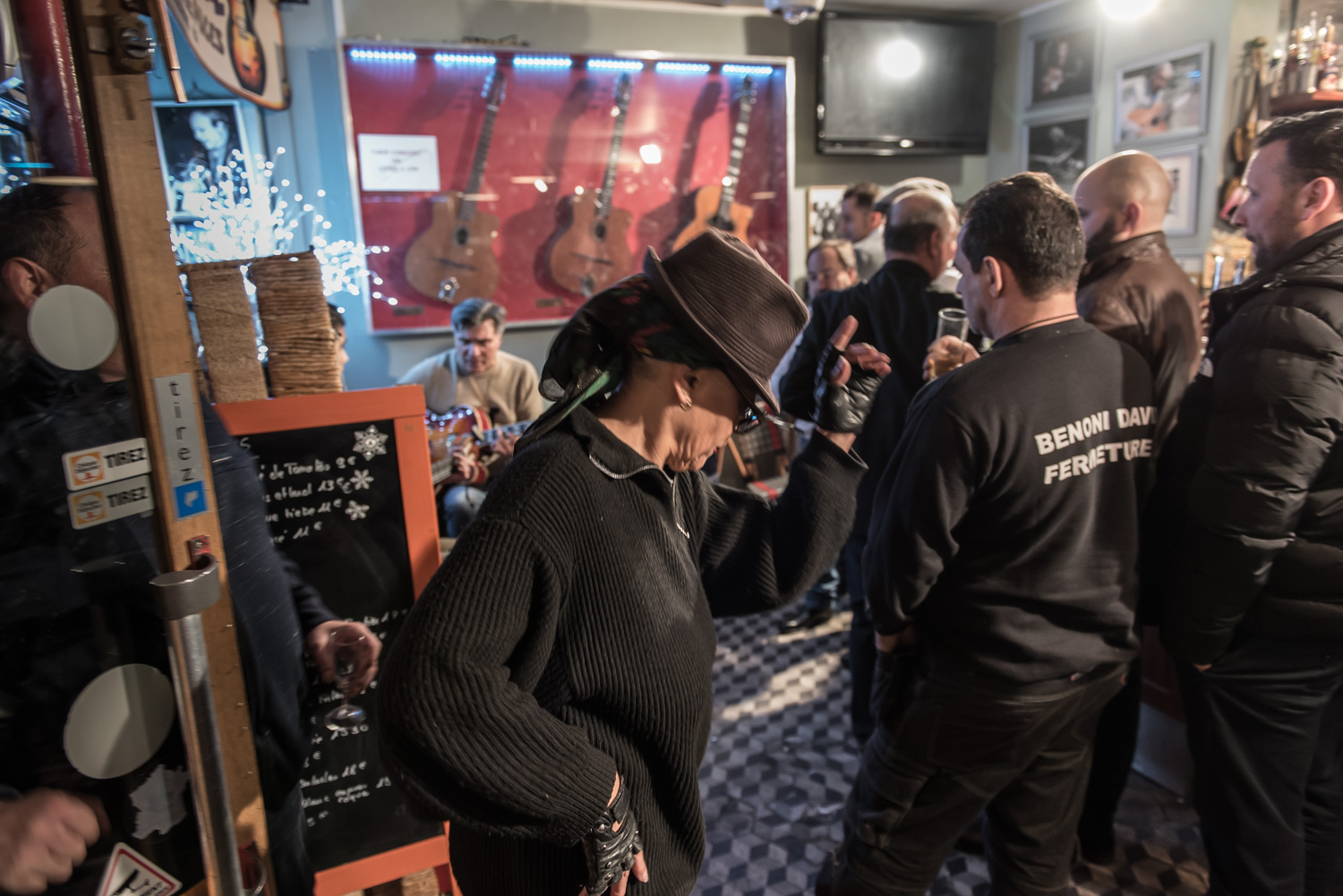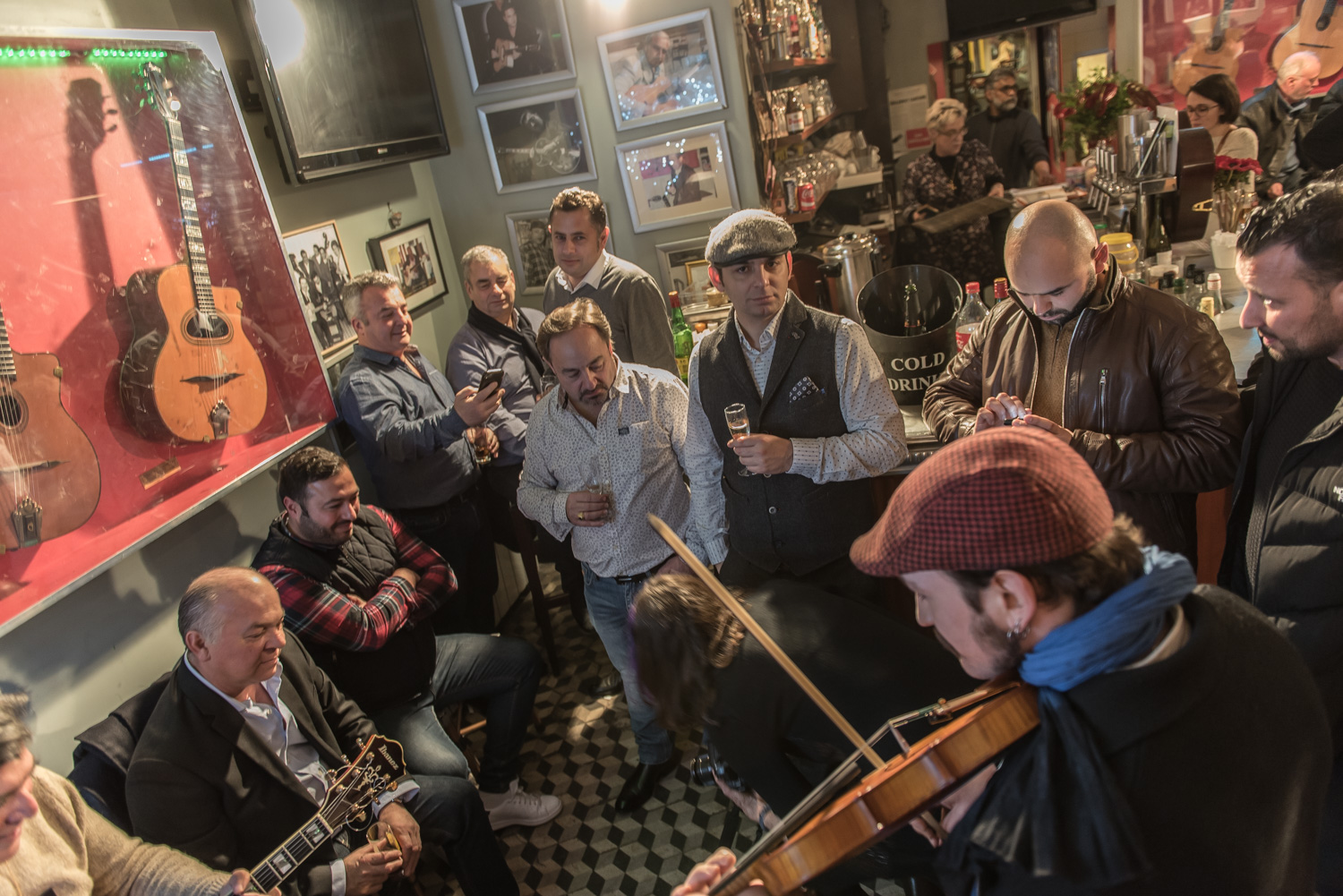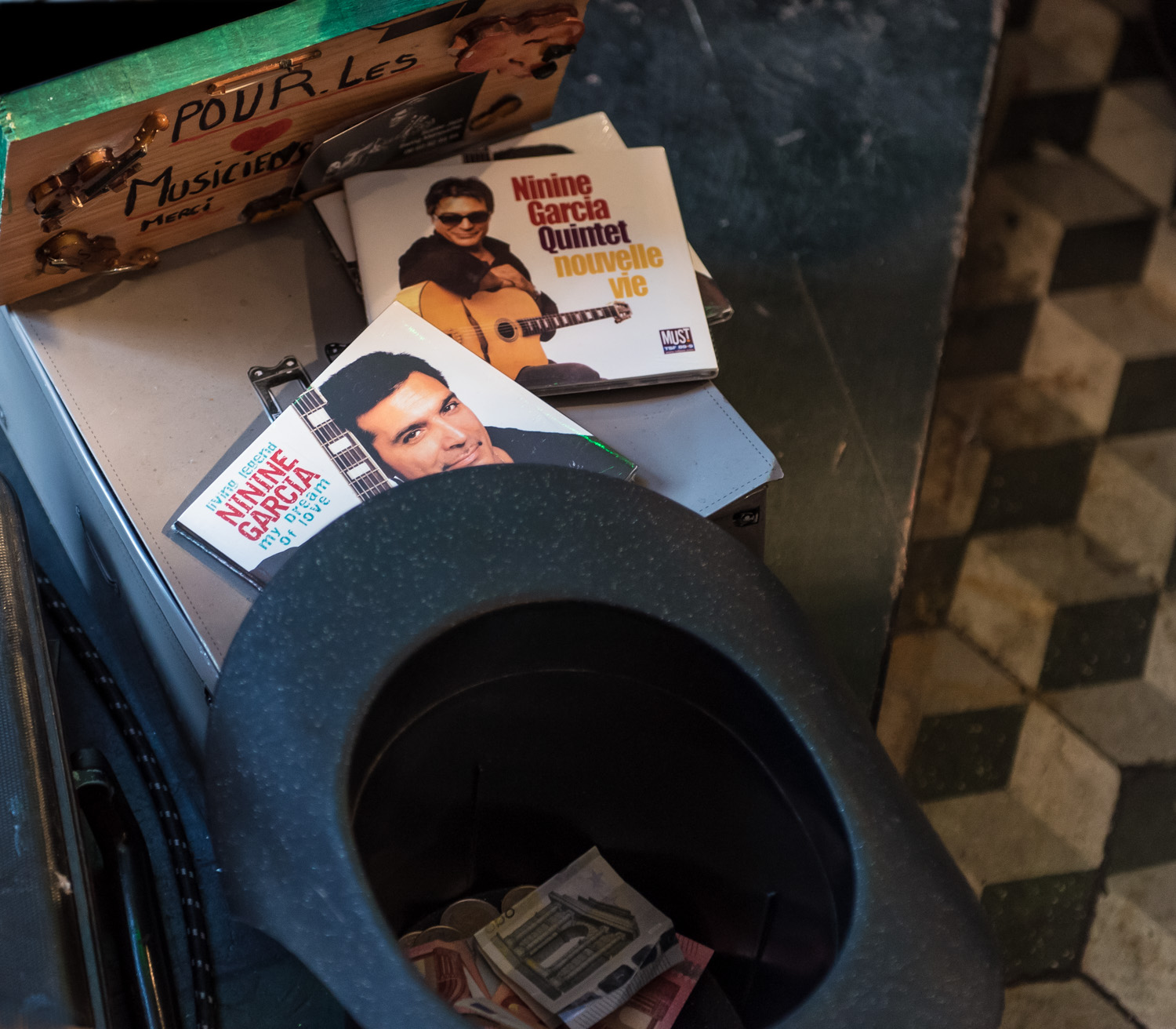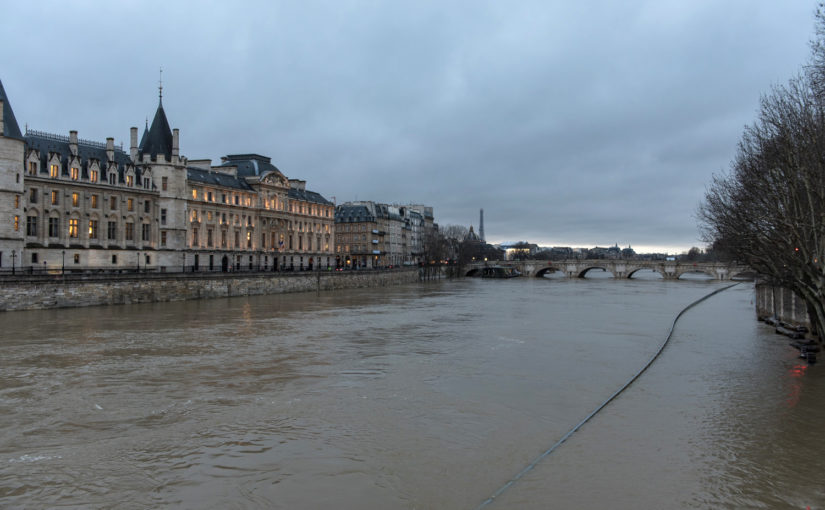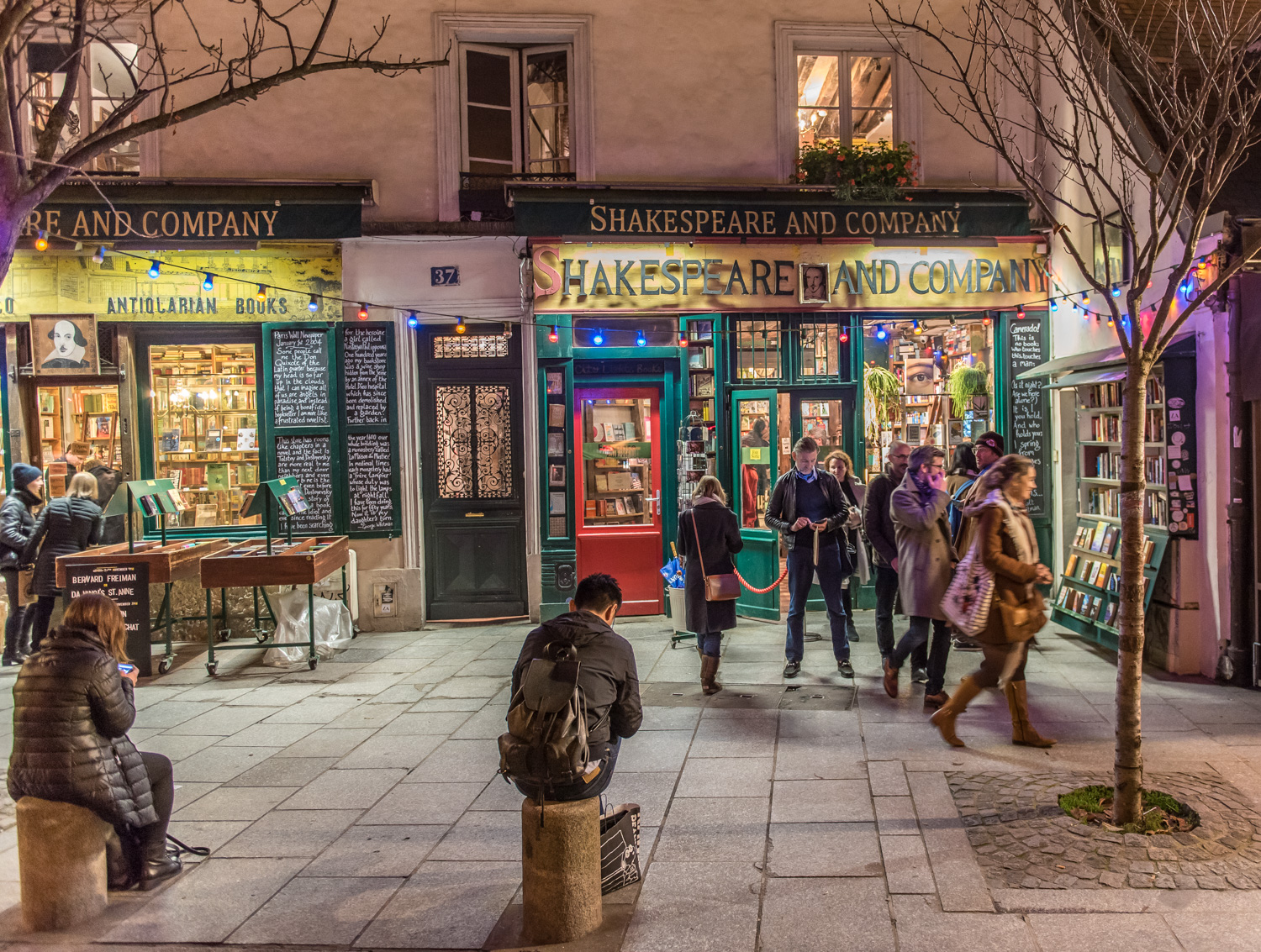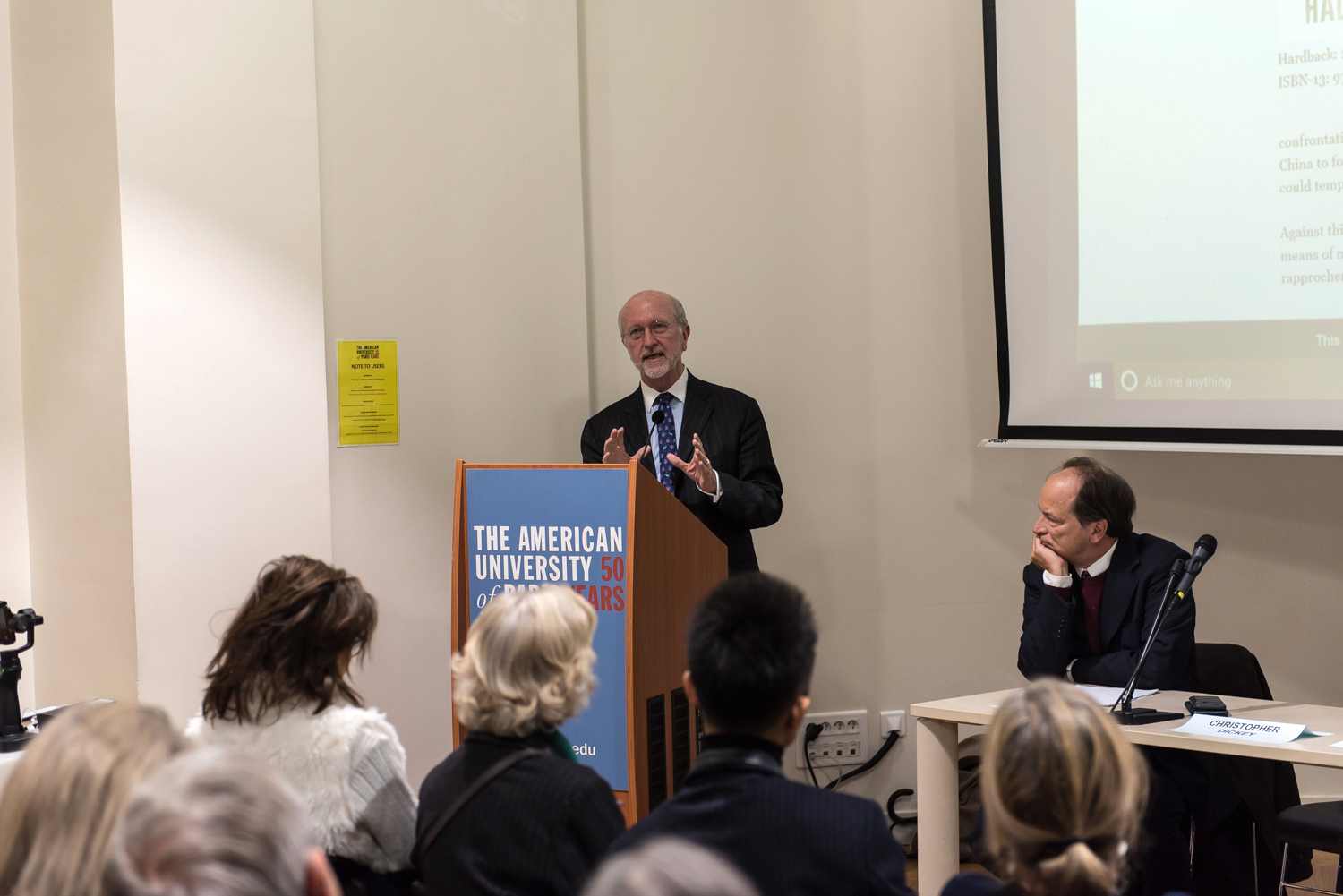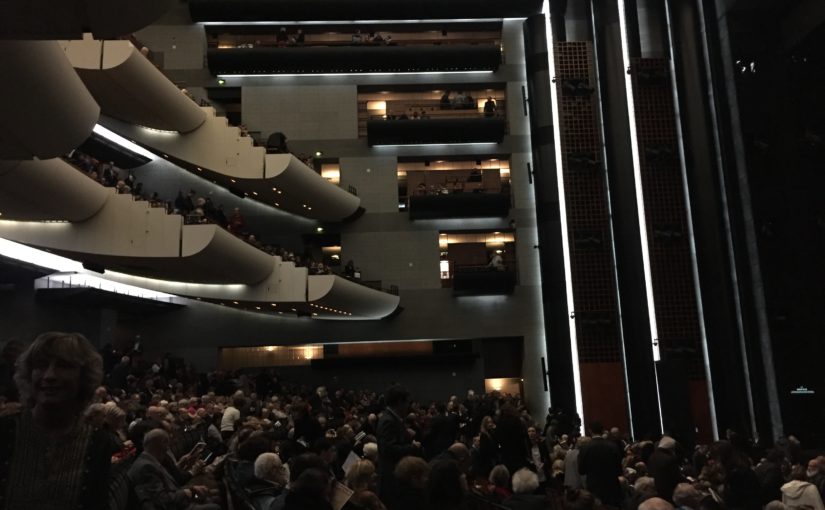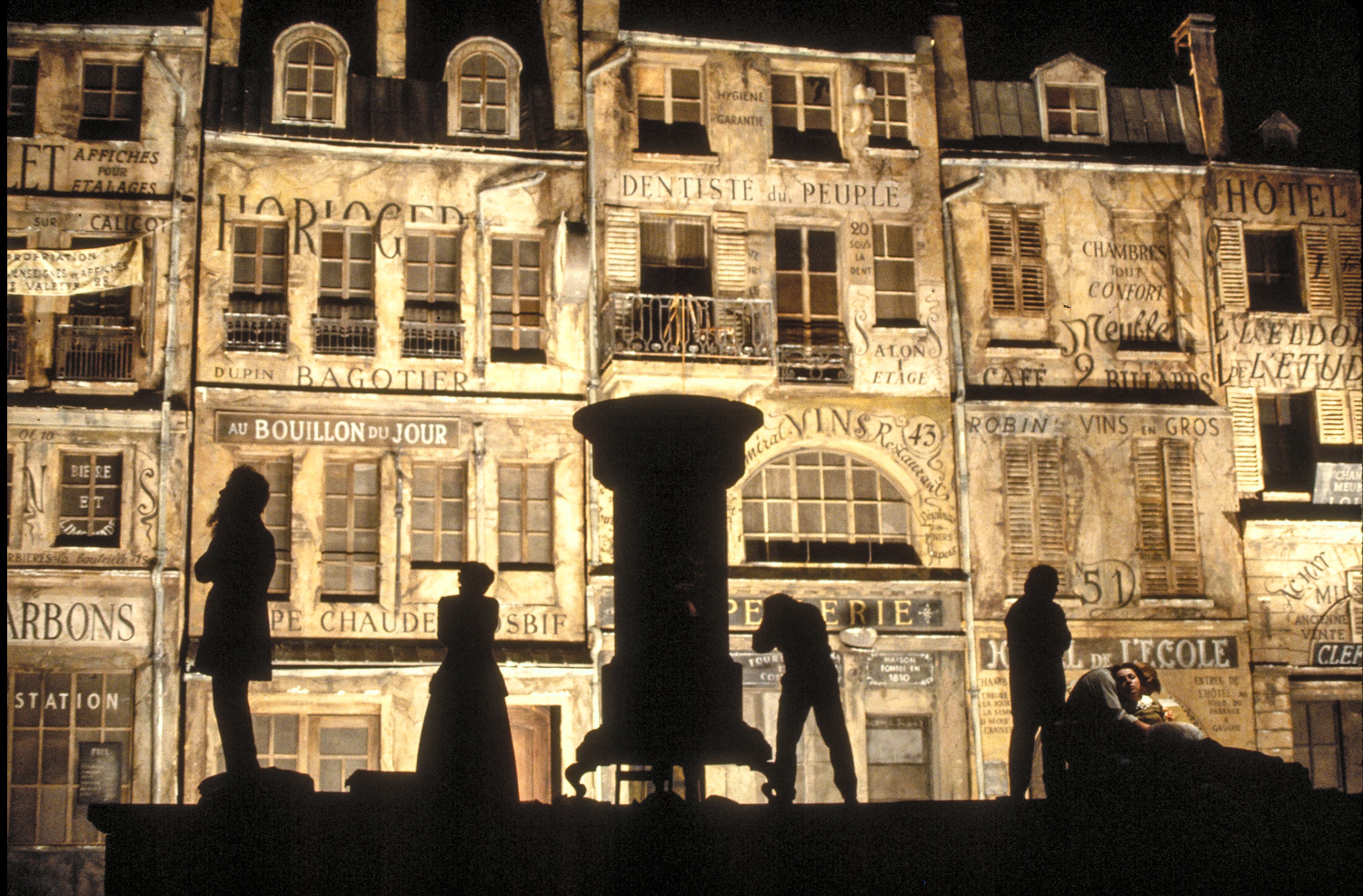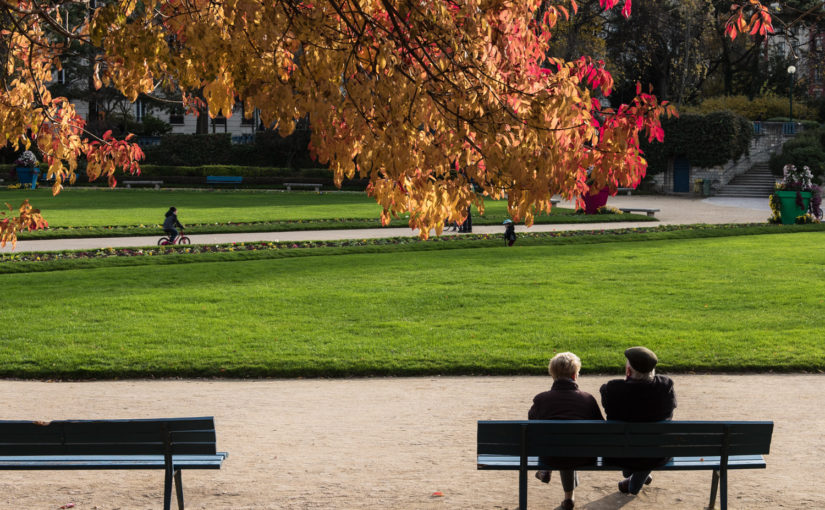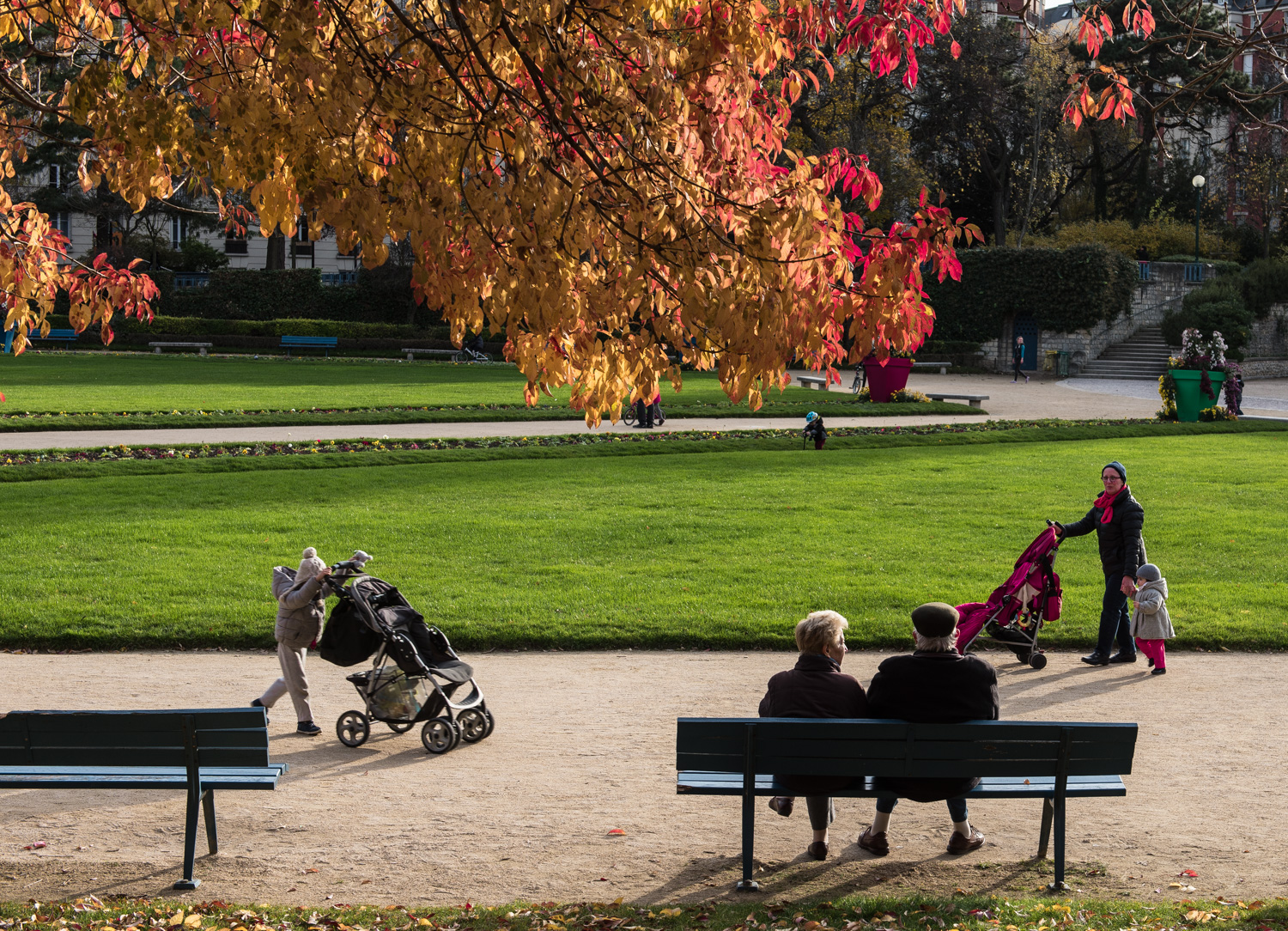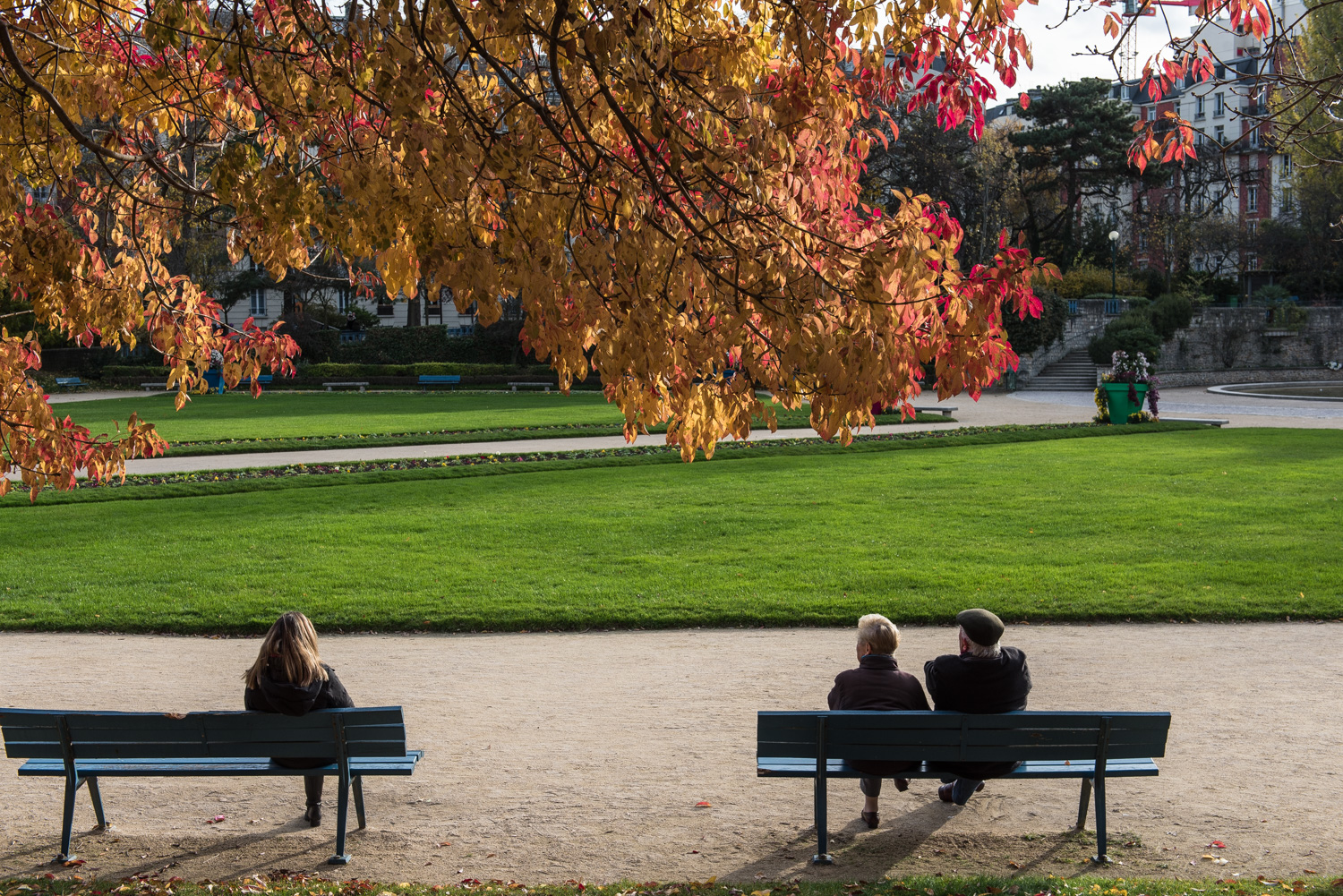Winter returned for its curtain call this weekend. Temperatures fell, a little snow flurried around and quickly departed, and I stayed home except for a visit to the American Church for a meeting of Democrats Abroad. This kind of event doesn’t hold much interest for me but I am committed to exploring as much of Paris as I can, and I thought a few hours of conversation in English would be a mental vacation.
This was the Annual General Meeting which meant most of the time was given to parliamentary procedures like reading the minutes of the last meeting and proposing changes to the by-laws. Yawn. I had hopes for the political summary but it was just a recap of the number of seats at stake and how much money had been raised for the next election. There was little discussion, few questions, zero conflict. I’d bet a directive had come from the DNC that mandated unity: There shall be no disagreements. We are united in opposition to the odious buffoon in the White House. This is not only boring, it’s anti-democratic and totally contrary to the spirit of the Democratic Party, which has never been unanimous in support of anything. Thank you, Barbara Lee. But when you want to stifle disagreement, overstuff the agenda with procedural minutiae and promise there will be time for questions later. There won’t be.
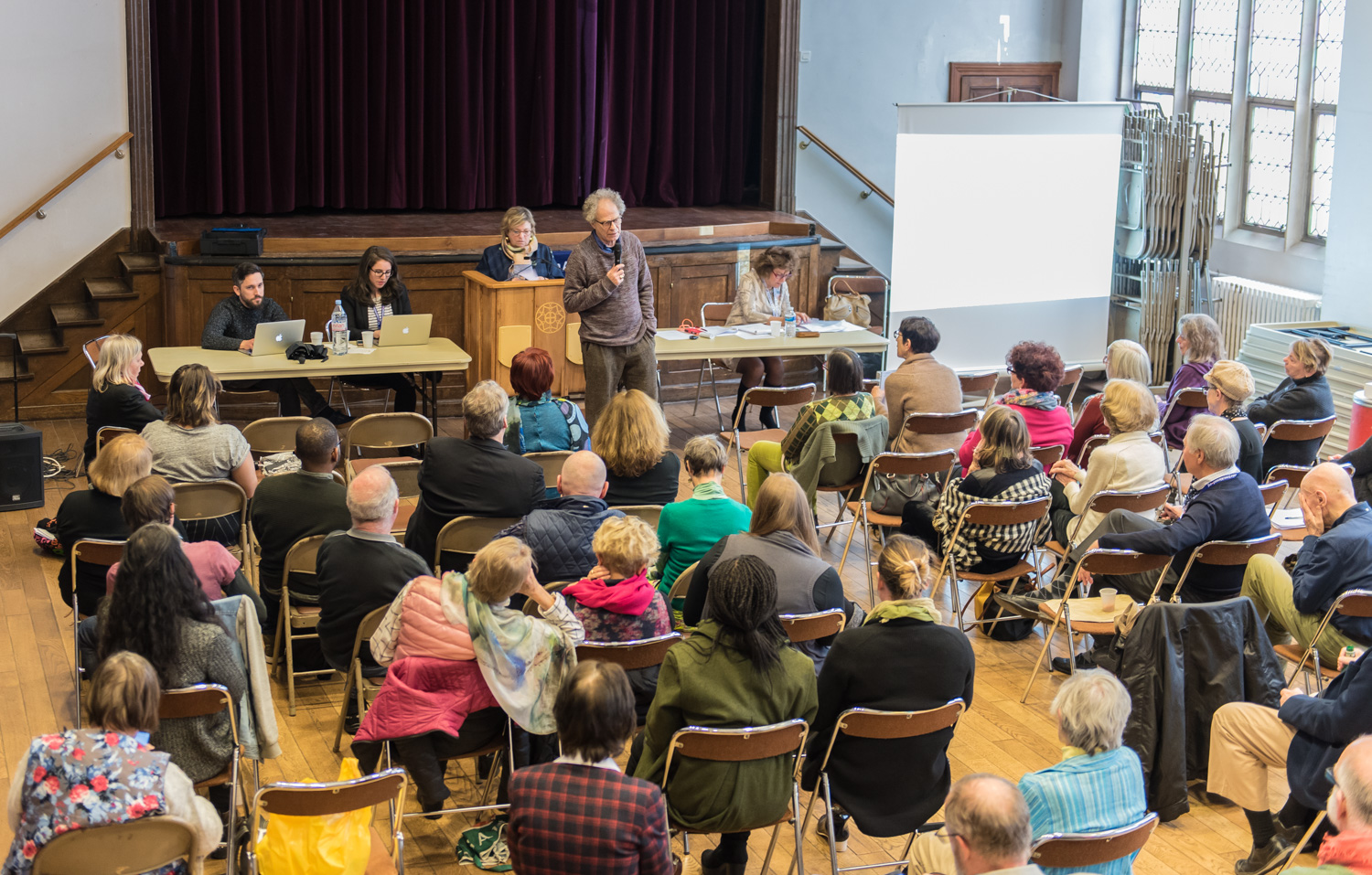
The only spark of controversy came from the appearance of Owen Franken, brother of former Senator Al. Owen was having none of this peace and love thing. He was mad as hell and not going to take it anymore. What set him off was an announcement of a new party policy on sexual harassment. The terms of the policy haven’t been released yet, but the announcement gave Owen a platform to defend his brother and denounce Senator Kirsten Gillibrand who took the lead in taking him down.
Al Franken was shafted by his party and unnecessarily thrown to the wolves. This meeting was an appropriate place to discuss it, but the leaders were having none of it, and he was shut down by the chairwoman for violating parliamentary procedures. I called Owen to ask him what he was trying to get across and he told me that he just wanted to open a discussion of sexual harassment in the hope of creating a policy that might prevent someone else from being thrown under the bus over unproven allegations. He left when it became clear that wasn’t going to happen.
Wine and cookies were served.
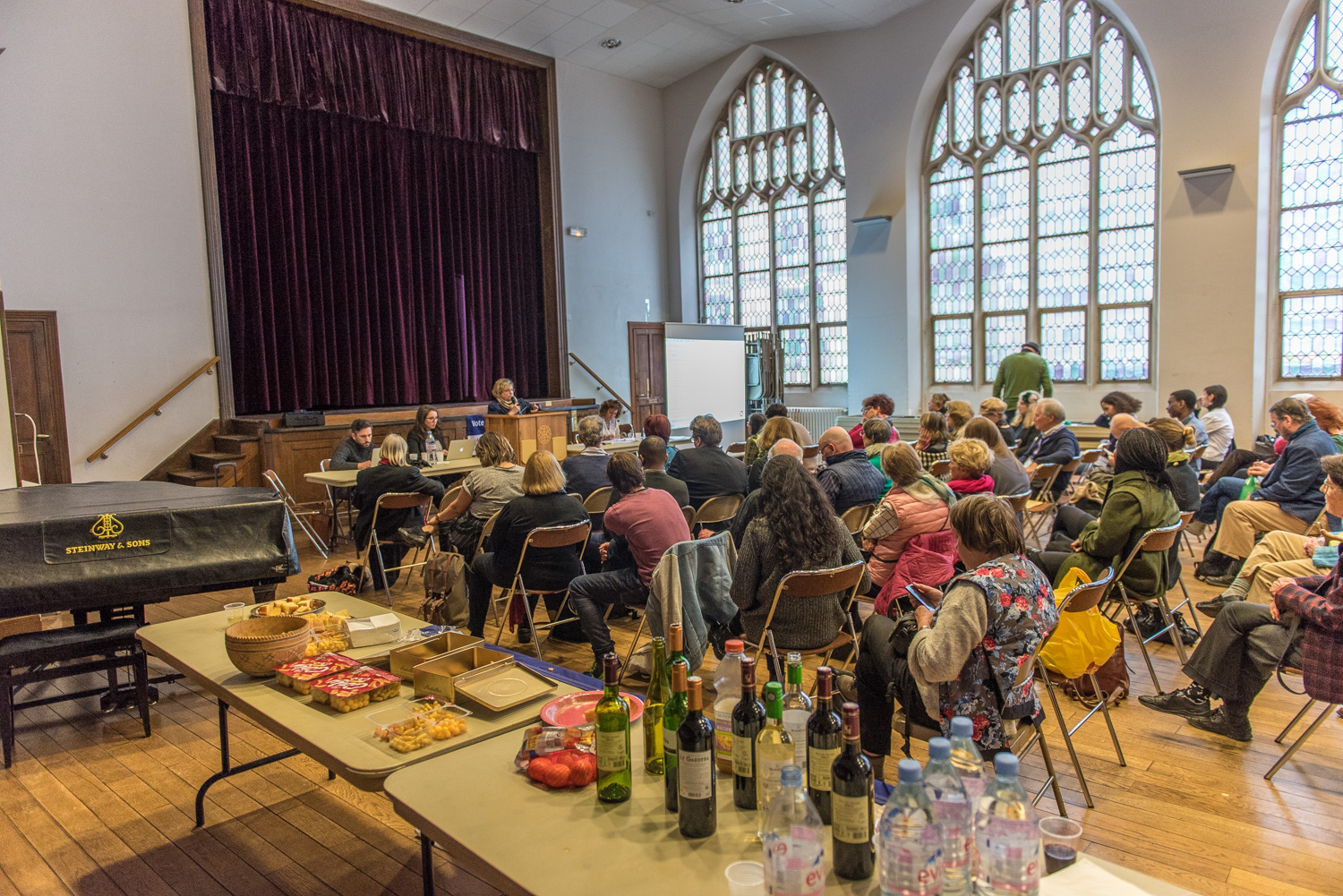
©2018 Ron Scherl

